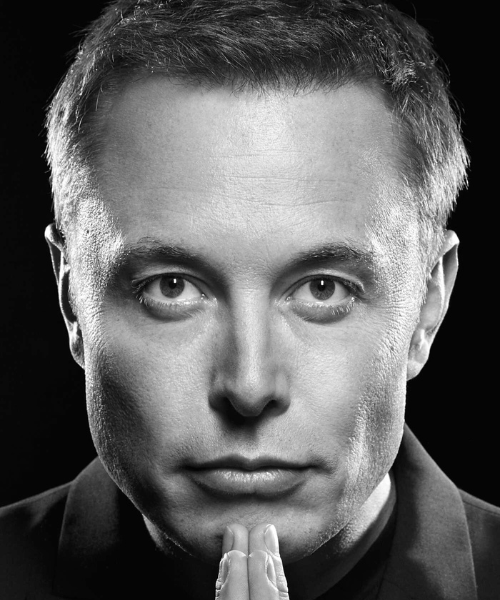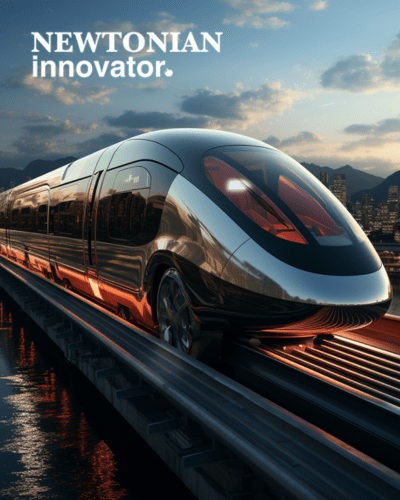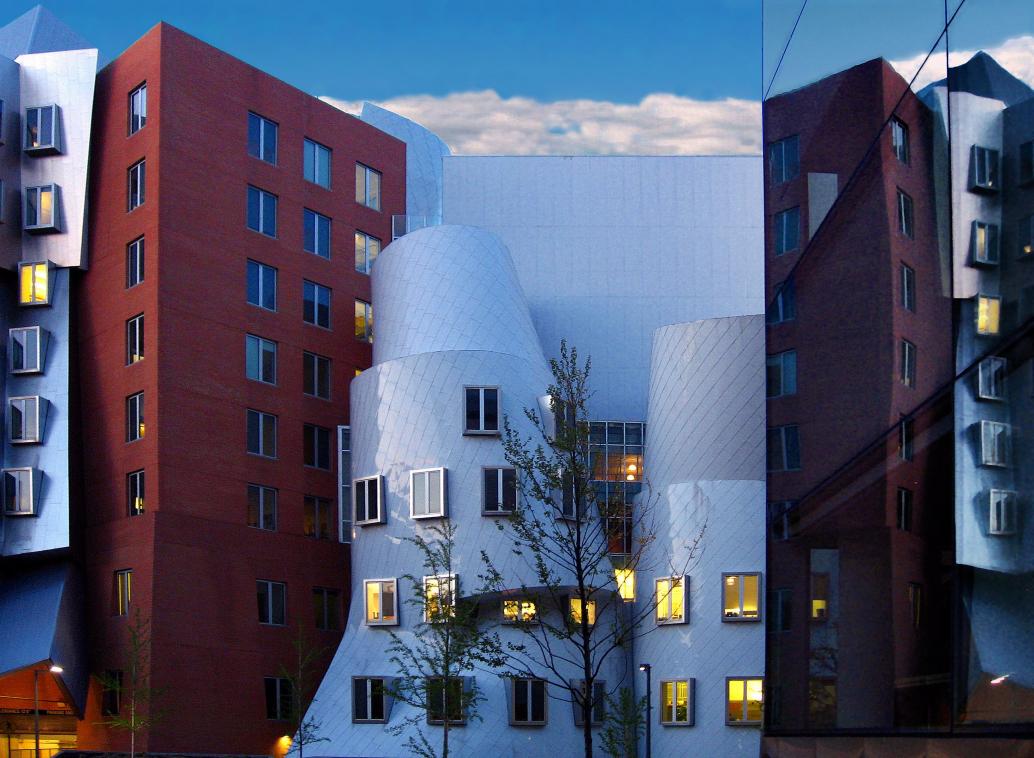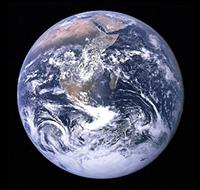In the technological innovation arena, there are thinkers, and then there are visionaries. Elon Musk, with his ability to redefine industries and challenge conventional wisdom, undoubtedly belongs to the latter category. From space exploration to sustainable transportation, Musk’s endeavors have consistently pushed the boundaries of what’s possible. One of his most audacious visions, the Hyperloop promises to redefine the very essence of terrestrial transportation.
Elon Musk, the entrepreneur behind companies like Tesla, SpaceX, and Neuralink, has consistently challenged the status quo in various industries. Born in 1971 in Pretoria, South Africa, Musk moved to the U.S. in the mid-’90s and quickly established himself as a force to be reckoned with in the tech world. From online payments with PayPal to electric vehicles with Tesla, Musk has always been characterized by a blend of audacity and innovation.
With SpaceX he aims to make life multiplanetary by seeing Mars as a potential second home for mankind. This broader vision provides context to the Hyperloop. If we can aspire to colonize other planets, why shouldn’t we revolutionize travel here on Earth? The Hyperloop, in many ways, aligns with Musk’s goal to challenge the boundaries of the possible and to constantly strive for a better future.

In 2013, Musk introduced a white paper on the Hyperloop, a high-speed transportation system that would transport passengers in pods through low-pressure tubes at speeds approaching that of sound. While Musk himself has not developed the technology, he proposed it as an open-source concept, encouraging others to take the idea and run with it.
Imagine living in Los Angeles and deciding to have lunch in San Francisco, about 380 miles away. In the world of the Hyperloop, this journey would take you roughly 30 minutes, allowing for a round trip and a leisurely meal within a few hours.
The Hyperloop concept challenges our current understanding of transportation. It’s not a car, not a train, not a plane, and not a boat. It’s a fifth mode designed to be faster and more energy-efficient than planes and trains while being unaffected by weather conditions.
The pods, carrying passengers or cargo, would float using magnetic levitation or air bearings, reducing friction. These tubes would be kept at a low pressure, minimizing air resistance. The result? Speeds of up to 760 mph (1,220 km/h) with a power consumption per distance less than cars or planes.
In an age of increasing environmental concerns, the Hyperloop offers a lot of hope. Its promise of high-speed transportation with minimal energy consumption could drastically reduce our carbon footprint. As cities struggle with pollution, the Hyperloop could be a key component in creating sustainable urban environments.
While revolutionary, the Hyperloop does not come without challenges. The engineering required to maintain such low pressures in the tubes over long distances, the safety concerns of traveling at such high speeds, and the logistics of integrating the Hyperloop into existing transportation infrastructures are all significant hurdles. However, the implications of such a system are profound. It could redefine the concept of commuting, making it possible to live in one city and work in another hundreds of miles away. It could also reduce congestion in major cities, decrease carbon emissions from transportation, and even challenge the airline industry’s dominance for certain routes.
Beyond the obvious transportation benefits, the Hyperloop could usher in a new era of economic prosperity. Regions previously isolated due to transportation constraints could become thriving economic hubs. The ease of travel could stimulate business, tourism, and even education, as universities and institutions become more accessible. The ripple effect of such a transportation revolution could be felt in every sector of the economy.
While the Hyperloop is still in its developmental stages, with various companies working on prototypes and test tracks, its impact on the world of transportation engineering and urban planning is undeniable. Musk’s decision to make the Hyperloop an open-source concept has democratized innovation, allowing for a collaborative approach to problem-solving.

For engineers and technologists, the Hyperloop represents the power of boundary-pushing thought experiments. With cities becoming more interconnected, there’s potential for increased cultural exchange by shrinking travel times could also shrink cultural divides. Imagine a world where attending a play in New York and a concert in Chicago on the same day becomes the norm. The Hyperloop could make the world feel smaller in the best possible way. It serves as a reminder that sometimes, the most groundbreaking innovations come from reimagining the fundamentals.
If the Hyperloop becomes a reality, how would it change our daily lives? Would cities expand even further, creating mega-regions? How would it impact real estate, job markets, or even cultural exchanges between cities?
In the spirit of Elon Musk’s Hyperloop vision, readers are encouraged to think beyond the confines of the present and envision a future where technology and innovation reshape the very fabric of our daily lives. The Hyperloop concept is more than just a transportation system, it represents the limitless potential of human ingenuity when combined with technological prowess.
In a world that often prioritizes the immediate and the tangible, Elon Musk’s endeavors remind us of the transformative power of visionary thinking. It’s not merely about improving what already exists, but daring to conceive concepts not yet born. For researchers and innovators of today, the first step towards groundbreaking innovation is to liberate the mind from the constraints of the present. It’s about asking the ‘what ifs’ and daring to dream big, even if the dream seems distant or unattainable.
To see the world through a futuristic lens, one must cultivate a mindset of continuous learning and curiosity. It’s essential to immerse yourself in diverse fields, draw inspiration from nature, art, history, and even science fiction. By synthesizing knowledge from various sources, innovators can connect the dots in novel ways, leading to fresh perspectives and ideas. Embracing failure as a stepping stone and not an endpoint can also propel one forward. After all, every setback is an opportunity to refine the vision, making it more resilient and adaptable.
We stand on the precipice of a new era of technological advancements of the unknown. It’s an invitation to all the dreamers, thinkers, and proactive individuals to reshape our future. We must not only be passive consumers of technology, but to be the technological architects of tomorrow. Let Musk’s Hyperloop vision serve as a perfect example to what’s achievable when logic meets innovation. May it inspire a new generation of innovators to look beyond the horizon, challenge the status quo, and redefine the boundaries of possibility.






